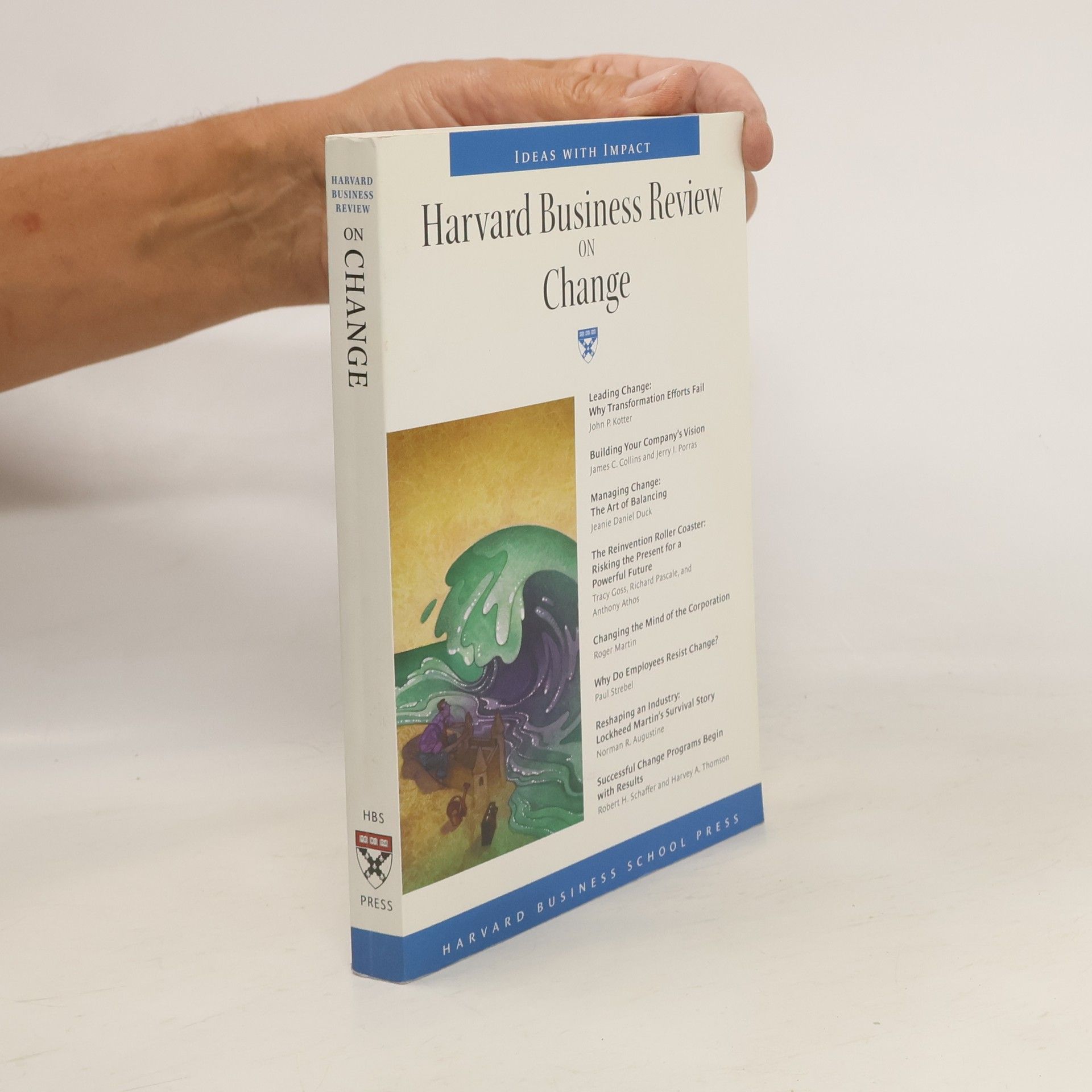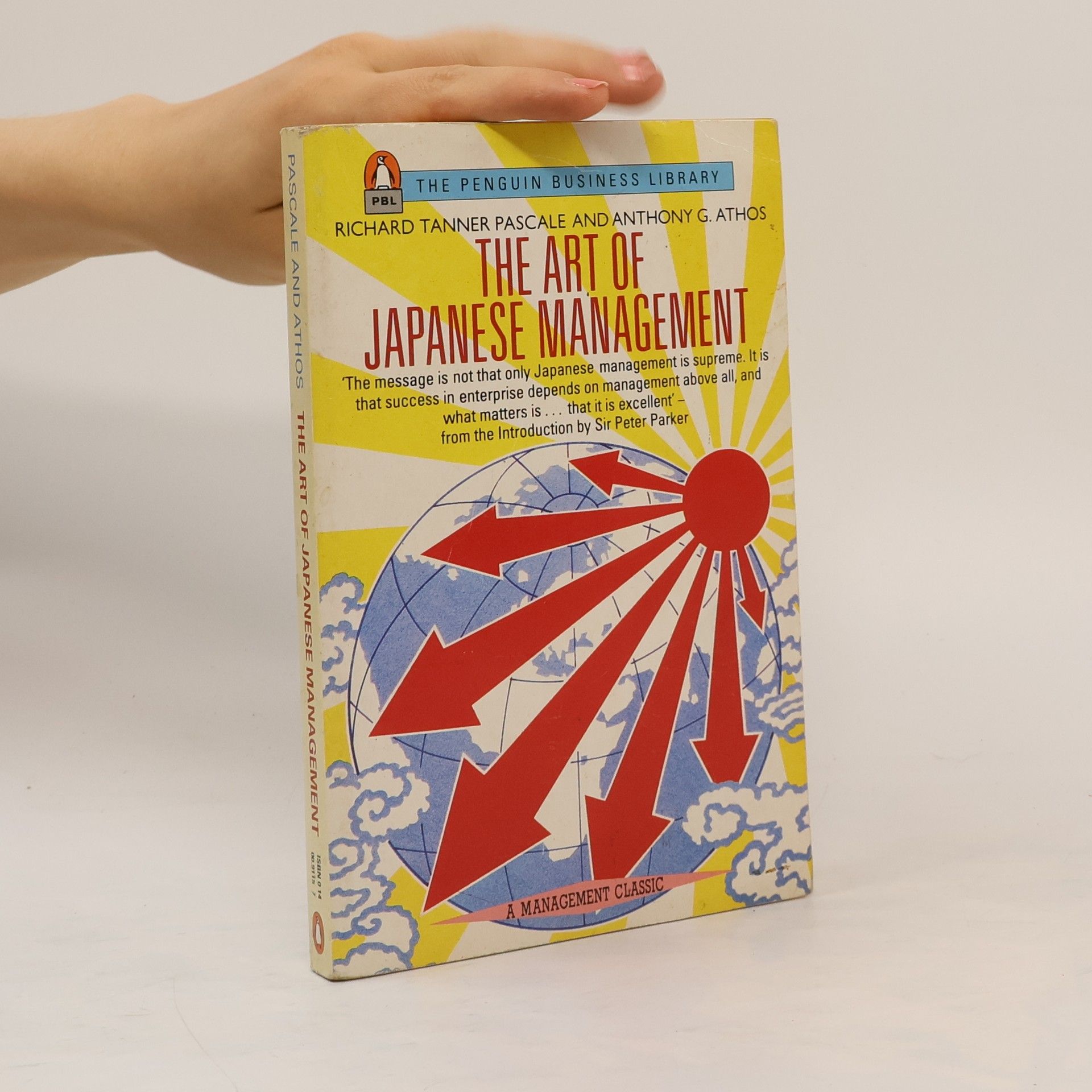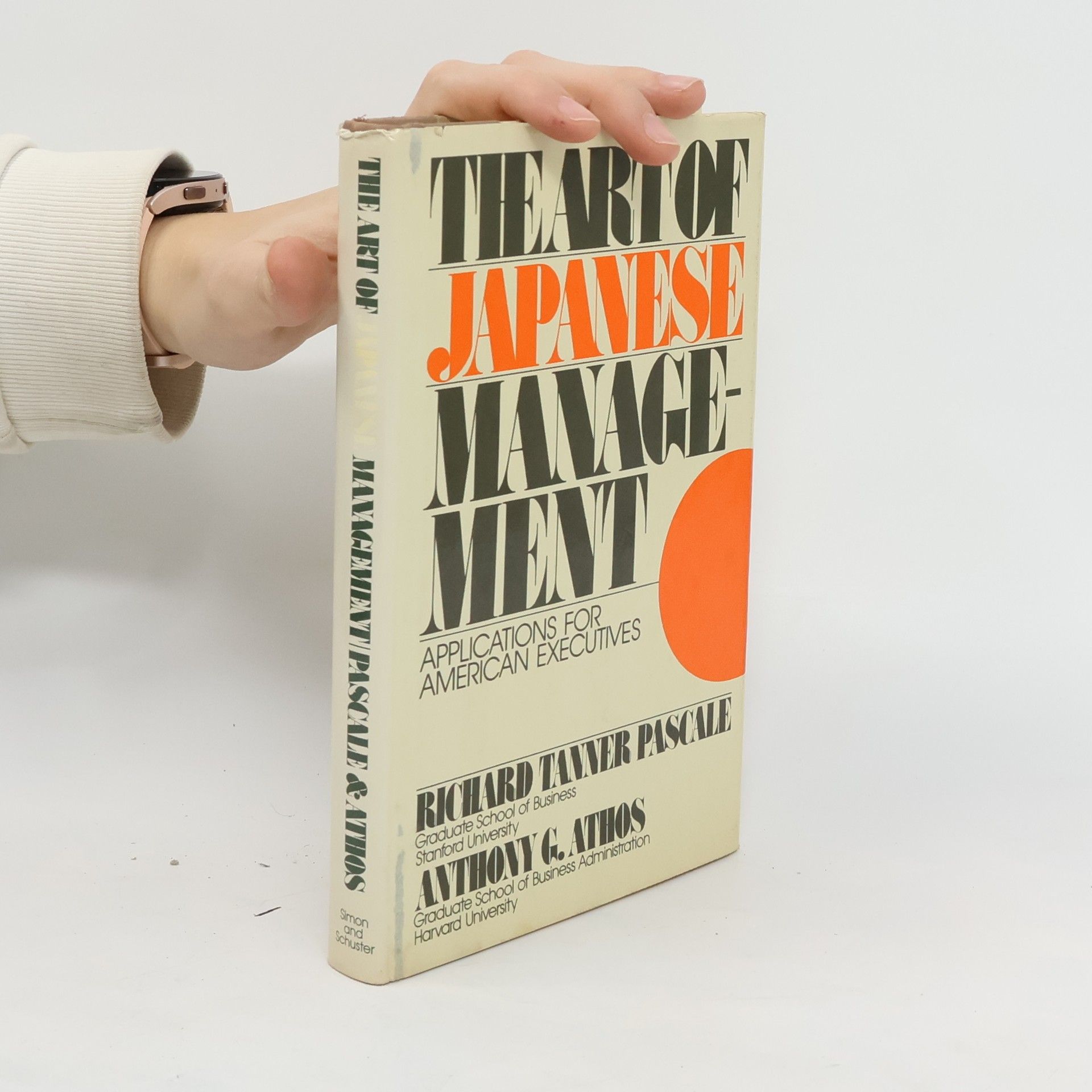HOW IS THE ART OF JAPANESE MANAGEMENT DIFFERENT FROM AMERICAN METHODS? It's a matter of the Seven S's. Western companies have tended to favor these three S's: Strategy, Structure and Systems. When an American manager wants to make changes, the odds are that he'll reorganize structure, introduce a new strategic direction and impose a new control system. Our emphasis on the first three S's produces an arid world in which nothing is alive. An organization is often given its life through the soft S's: Staff, Skills, Style and Superordinate Goals. The tremendous success of many Japanese companies comes through meticulous attention to the soft S's, which act as a lubricant in the organization machine to keep the hard S's from grinding one another away. HOW CAN COMPANIES HERE USE THE ART OF JAPANESE MANAGEMENT? Pascale and Athos show you how to use the best of Japanese techniques, add them to your own strengths to benefit by both cultures.
Richard Pascale Boeken
Een toonaangevende bedrijfsconsultant, gerespecteerd docent en professor. Zijn werk richt zich op organisatiestrategie en effectiviteit. Hij staat bekend om zijn belangrijke bijdrage aan het 7S-framework, ontwikkeld tijdens zijn periode bij adviesbureau McKinsey & Company.





The Art of Japanese Management
- 221bladzijden
- 8 uur lezen
HOW IS THE ART OF JAPANESE MANAGEMENT DIFFERENT FROM AMERICAN METHODS? It's a matter of the Seven S's. Western companies have tended to favor these three S's: Strategy, Structure and Systems. When an American manager wants to make changes, the odds are that he'll reorganize structure, introduce a new strategic direction and impose a new control system. Our emphasis on the first three S's produces an arid world in which nothing is alive. An organization is often given its life through the soft S's: Staff, Skills, Style and Superordinate Goals. The tremendous success of many Japanese companies comes through meticulous attention to the soft S's, which act as a lubricant in the organization machine to keep the hard S's from grinding one another away. HOW CAN COMPANIES HERE USE THE ART OF JAPANESE MANAGEMENT? Pascale and Athos show you how to use the best of Japanese techniques, add them to your own strengths to benefit by both cultures.
Surfing the Edge of Chaos
- 336bladzijden
- 12 uur lezen
Surfing the Edge of Chaos is a brilliant, powerful, and practical book about the parallels between business and nature - two fields that feature nonstop battles between the forces of tradition and the forces of transformation. It offers a bold new way of thinking about and responding to the personal and strategic challenges everyone in business faces these days.
Harvard Business Review on Change by Press,Harvard Business School. [1998,6th Edition.] Paperback